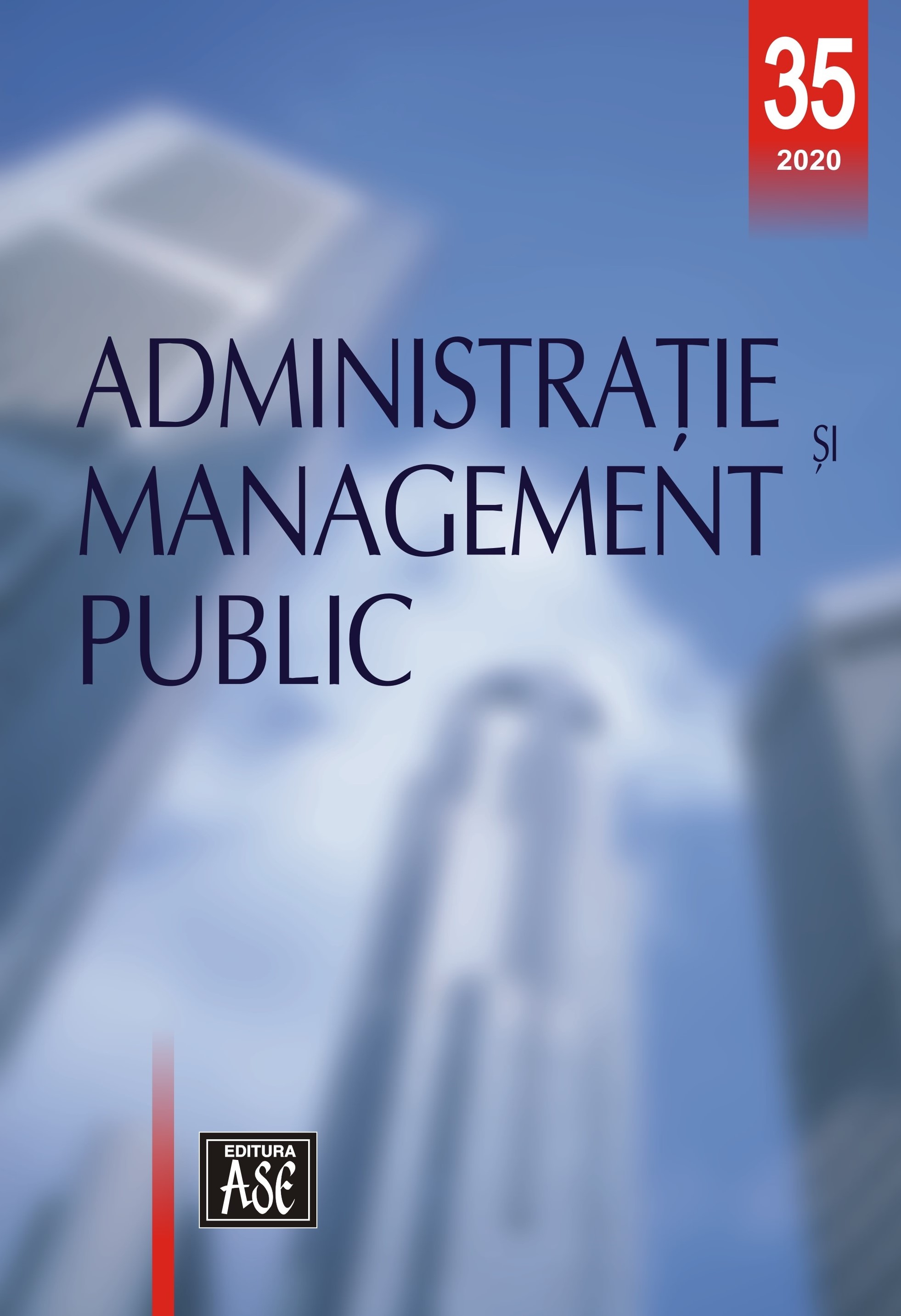E-Government clusters in the EU
based on the Gaussian Mixture Models
E-Government clusters in the EU
based on the Gaussian Mixture Models
Author(s): Armenia Androniceanu, Jani Kinnunen, Irina GeorgescuSubject(s): Social Sciences, Economy, Economic development, ICT Information and Communications Technologies
Published by: EDITURA ASE
Keywords: Clustering; Digitalization; E-Government; European Union; Gaussian Mixture Models;
Summary/Abstract: The use of advanced ICT technologies and the support of new ways of thinking, acting and working in public administration, together with the increased provision of information and interactive services accessible through various channels, is the foundation of eGovernment. In recent years, there has been visible progress in all EU countries in terms of the general framework for e-government strategy, which is based on best practices and methodologies. The aim of our research is to discover the way in which the EU states are situated from the point of view of the digitalization of the administration. For this I used Gaussian models. The main research parameters were: accessibility; transparency, investments in information and communication technologies and investments in infrastructure related to public administrations in EU countries. The results show significant differences between state administrations. We applied Gaussian Mixture Model clustering in order to make an analysis of the national E-government situation in the European Union for 2018. The GMM algorithm estimated six clusters. We find that the first cluster, with Nordic countries, Netherlands and Austria, has the highest values of telecommunication infrastructure, citizens’ access to e-government services and Transparency International’s Corruption Perception Index. At the opposite pole, in cluster 2, Romania and Bulgaria have the lowest values of these three indicators, while their public investment levels are not significantly under EU averages. Our research provides not only an overview of the digitization of administrations, but also what are the main lags that state administrations have to recover in order to reach a digital system integrated into the EU's administrative space.
Journal: Revista »Administratie si Management Public« (RAMP)
- Issue Year: 2020
- Issue No: 35
- Page Range: 6-20
- Page Count: 15
- Language: English

